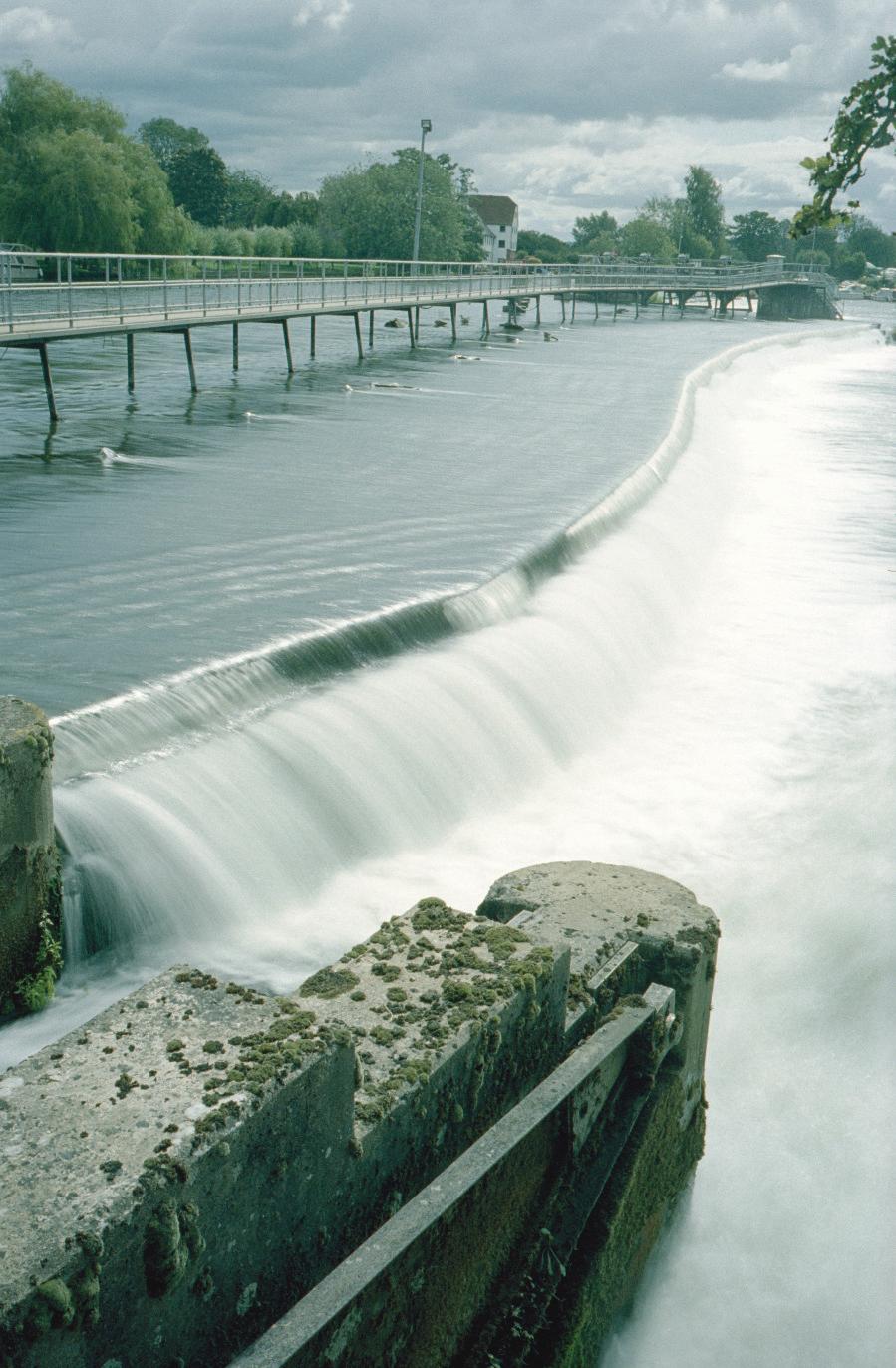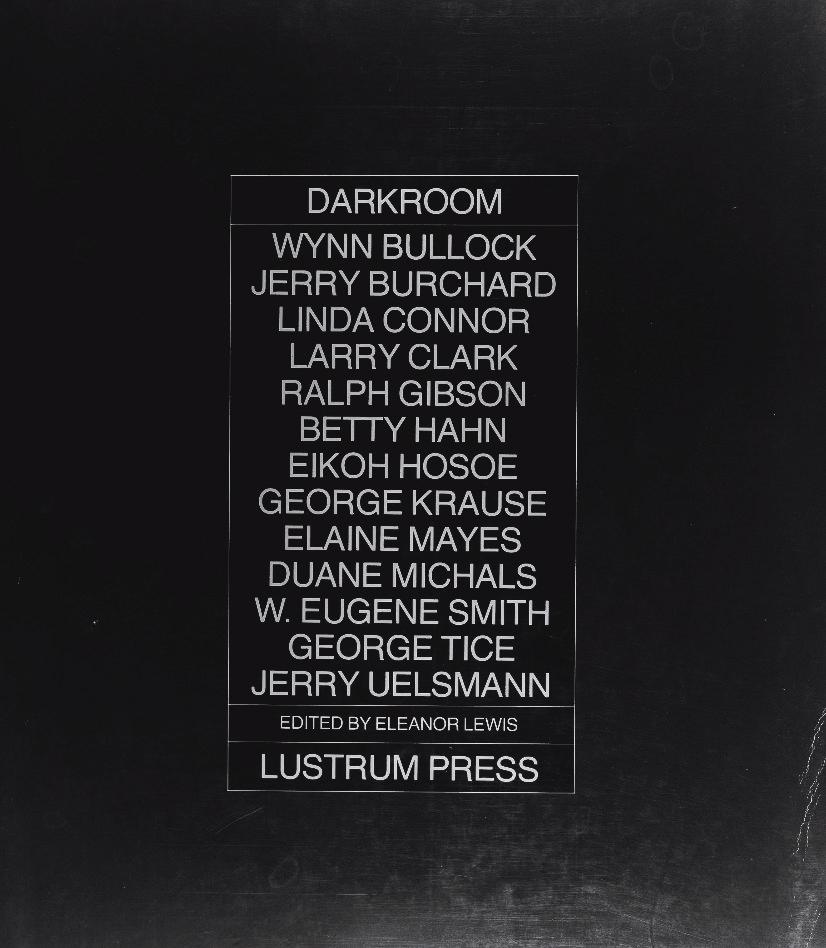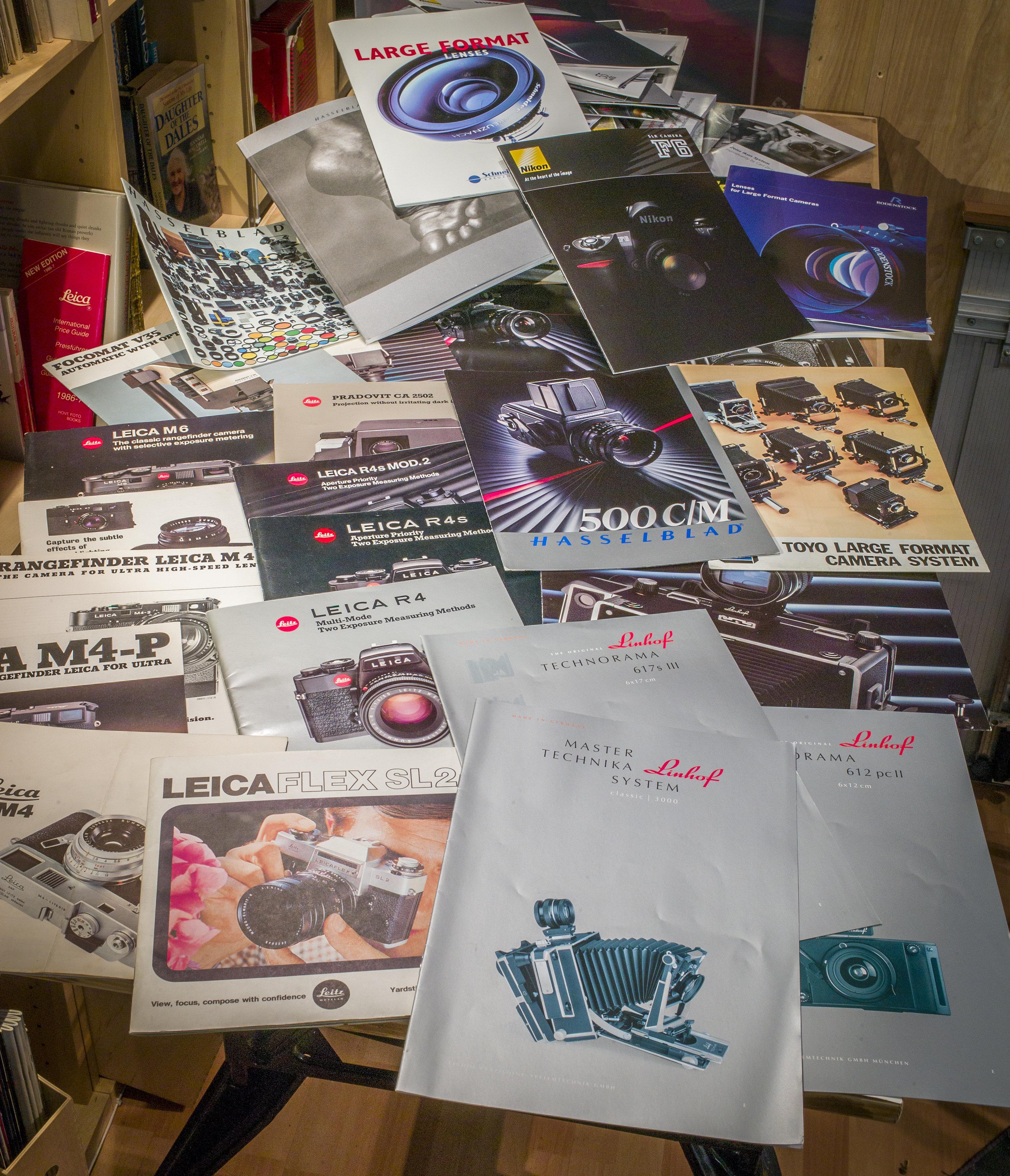
3 minute read
Canon P A close look at a ‘Populaire’ 35mm rangefinder produced by Canon in the 1950s
The Canon P Described by Rewind Crank ‘Form follows function’ said the American architect Louis Sullivan, meaning that objects should be designed to reflect their purpose
The uncluttered lines of the Canon P show the truth of Sullivan’s dictum. ‘P’ is said to stand for ‘Populaire’, though I wonder why it was not just called by that name. Anyway, it followed the V and preceded the 7 so that makes it VI, according to my arithmetic. Having perused the selection available on eBay, I chose one from a Japanese vendor which seemed to be in good condition and was reasonably priced at £109, body only, plus postage and import tax. At that price I knew I wasn’t taking a great risk but when I unpacked it I was surprised to find it almost completely unmarked, which I think is pretty good for a camera at least fifty-six years old. The stainless steel shutter curtain was slightly creased but this is very common and has no effect on the accuracy of the mechanism. Next, I bought two L39 threaded lenses, again from Japanese sellers, a Voigtlander Color Skopar 35mm f1.8 and a Canon 50mm f1.8 as shown in the illustration. The camera would have originally had a black barrelled version but

this chrome one was good value and I liked the look of it. The Canon P is 142mm wide, 77mm high, 35mm deep and weighs 587g according to my scales and feels reassuringly solid. Loading film is straight forward thanks to a hinged door and there is a failsafe device in the base plate to prevent accidental opening. Shutter speeds from 1 second to 1/1000s plus B and T are controlled from a single non rotating dial on the top plate. Winding on is by a smooth lever and rewinding is by a lift up crank which fits into a recess in the top plate. The latter allows an unbroken line along the top plate which contributes much toward the camera’s elegant lines but the crank is bit fiddly to use and it is no surprise that Canon reverted to a conventional drum type on the Canon 7. The controls are well designed, laid out and modern for a rangefinder of its time which no doubt contributed to its success. Around 88,000 were made though few seem to have come to the United Kingdom. The very bright viewfinder gives a 1:1 image and is parallax corrected for 35, 50 and 100mm lenses. All the frame lines appear simultaneously and not individually for the lens in use. This was to lower the purchase price so that it could be offered as a cheaper alternative to more expensive models in Canon’s range. Against some backgrounds, the co-incident rangefinder image can be hard to align but I have got used to it and can usually focus easily. The camera was sold without metering though a selenium clip on meter which coupled to the shutter speed dial was a popular accessory. You can find them on eBay but I prefer to use a hand held meter. Accessories I have bought are a black leather half case with with red stitching and a matching shoulder strap, both from Mr Zhou of China. If you are looking for a well made, affordable rangefinder with L39 thread, making a large gamut of German, Russian and Japanese lenses usable, the Canon P could be for you. Of course, Canon is a great company and makes some of the best cameras you can buy but in the nineteen-fifties it was smaller and seeking to compete for market share with many similar enterprises, most of which have fallen by the wayside. It cut some costs to keep the price of the P down to enthusiast level but there was no compromise in quality of engineering, which paid off for Canon, and if you can find a well cared for example, it should give you many years of service.
Hambleden Wier near Henley on Thames shot with Svemacolor 125. Trees in a nearby country park were invaluable during Lockdown.









